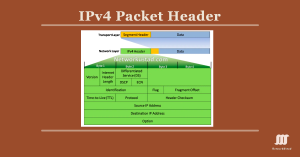Mastering the IPv4 Packet Header: Insights for 2025 Networks
In 2025, the IPv4 packet header remains widely used despite IPv6 adoption, supporting legacy systems and critical applications like industrial IoT, where its compact structure is advantageous in constrained environments. The network layer converts transport layer segments into packets, with the IPv4 packet encapsulating the data unit and adding header information. In 2025, this process […]

